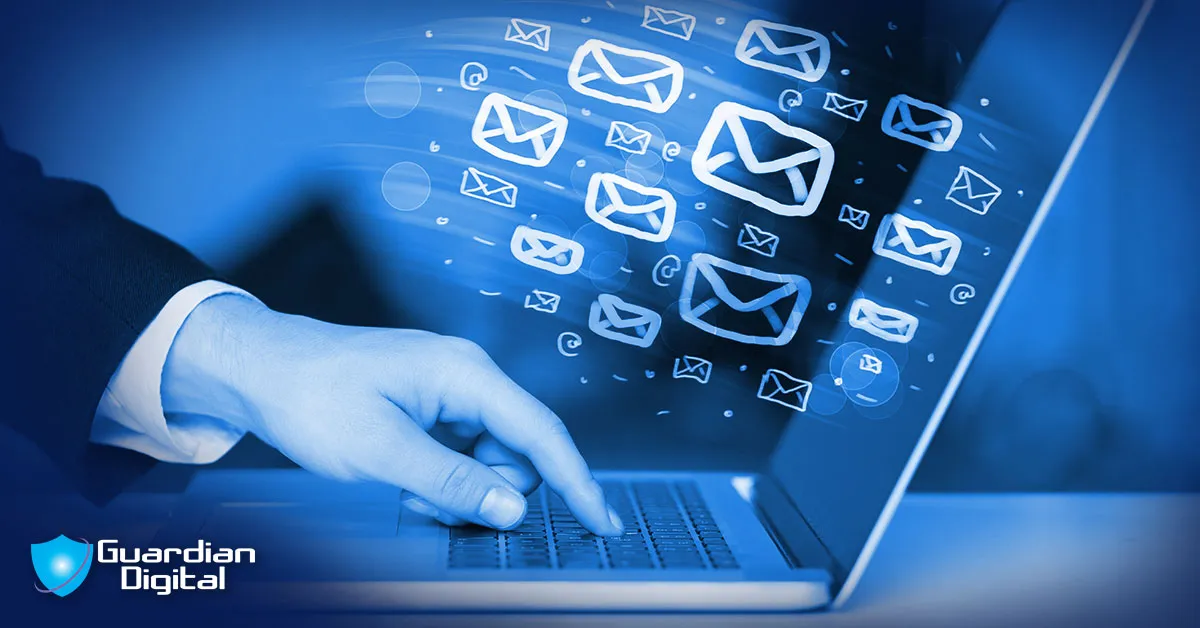At EmailPrivacy.xyz, we understand the paramount importance of securing your digital communication. In a world where email phishing threats loom large, our mission is to provide you with robust solutions and expert insights to fortify your email privacy. Join us as we delve into the realm of Email Phishing Protection, empowering you with the knowledge and tools needed to navigate the digital landscape safely.
Understanding email phishing

What is email phishing?
Email phishing is a type of cyber attack where malicious individuals or organizations attempt to trick recipients into revealing sensitive information, such as usernames, passwords, or financial details, by posing as a trustworthy entity.
These fraudulent emails often appear to be from legitimate sources, such as banks, government agencies, or reputable companies, and typically contain urgent requests or alarming messages to prompt immediate action.
How does email phishing work?
Phishing emails are carefully crafted to appear authentic, often using logos, branding, and language that closely mimic those of the impersonated organization. The sender may use social engineering tactics to manipulate the recipient into clicking on malicious links or downloading harmful attachments, leading to the compromise of personal or corporate data. Once the victim falls for the scam, the cybercriminals can exploit the stolen information for financial gain or to perpetrate further cyber attacks.
Common signs of email phishing

Urgent or threatening language
Phishing emails often employ urgent or threatening language to create a sense of panic or fear, compelling the recipient to act quickly without carefully scrutinizing the message’s authenticity.
Requests for personal information
Legitimate organizations typically do not request sensitive information, such as passwords or social security numbers, via email. Be wary of any email that asks for personal data, especially if it threatens negative consequences for not complying.
Unsolicited attachments or links
Be cautious of unsolicited attachments or links in emails, especially if they come from unknown or unexpected sources. Clicking on these can lead to malware infections or the theft of sensitive information.
Protecting yourself from email phishing

Use spam filters
Utilize spam filters provided by your email service provider to automatically detect and divert potential phishing emails to your spam folder, reducing the risk of exposure to fraudulent messages.
Verify the sender’s identity
Before responding to any email requests for sensitive information or clicking on links, verify the sender’s identity by cross-referencing the email address and contacting the organization directly through official channels.
Avoid clicking on suspicious links or attachments
Exercise caution when encountering links or attachments in emails, especially if they seem out of context or come from unfamiliar sources. Hover over links to preview the URL before clicking, and only download attachments from trusted senders.
Keep your software updated
Regularly update your operating system, antivirus software, and email client to ensure that you have the latest security patches and protection against known phishing threats.
Training employees to recognize email phishing

In addition to implementing technical safeguards, organizations should invest in comprehensive training programs to educate employees about the dangers of email phishing and how to identify and report suspicious emails. By fostering a culture of cybersecurity awareness, businesses can empower their staff to play an active role in defending against phishing attacks.
Conclusion
In conclusion, email phishing poses a significant threat to individuals and organizations, with cybercriminals constantly evolving their tactics to deceive unsuspecting recipients.
By understanding the nature of email phishing, recognizing common signs of fraudulent emails, and implementing proactive protection measures, individuals and businesses can mitigate the risk of falling victim to these malicious schemes.
Through a combination of technological solutions, such as spam filters and software updates, and employee training initiatives, we can collectively strengthen our defenses against email phishing and safeguard sensitive information from exploitation. Stay vigilant, stay informed, and stay protected.
FAQs
-
How do I protect my email from phishing?
Use anti-spam filters. Only open email accounts with providers that include spam filtering. Choose an antivirus and Internet security solution that also includes advanced anti-spam features.
-
How can I stop phishing emails?
1. Block spam email addresses.
2. Use an email alias for new accounts.
3. Report suspicious emails as spam.
4. Remove email addresses from data broker lists.
5. Spot the signs of a phishing email.
6. Unsubscribe from unwanted mailing lists.
7. Turn off “auto-load” for images. -
Do antivirus programs protect you from phishing emails?
Phishing emails can steal credentials, launch viruses, and can lock up your data and hold it for ransom. Even the best anti-virus software can’t stop attacks it cannot see coming. It also will not stop new and emerging threats. Almost all anti-virus software relies on a list of known threats.
-
What should you do when you get a phishing email?
ONLINE MESSAGES
– Do not open it.
– Delete it immediately to prevent yourself from accidentally opening the message in the future.
– Do not download any attachments accompanying the message.
– Never click links that appear in the message.
– Do not reply to the sender.
– Report it.
Originally posted 2023-11-17 13:32:16.